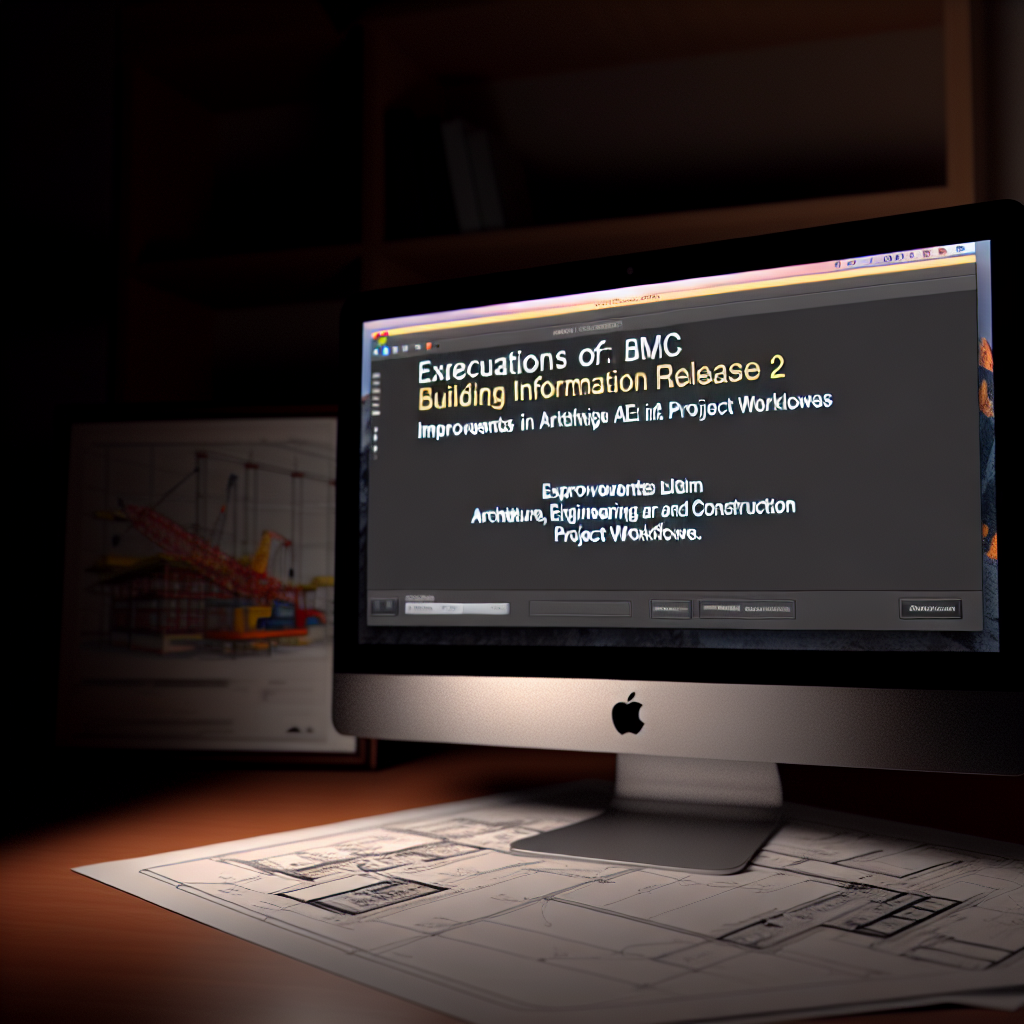The recent BIM and Revit Release 2 Webinar offers invaluable insights into the latest updates and features that are transforming building information modeling (BIM) workflows. This webinar is essential for architecture, engineering, and construction professionals seeking to optimize their project delivery through advanced tools and collaboration strategies.
Understanding the New Features in Revit Release 2
Autodesk’s Revit Release 2 introduces a series of powerful features designed to streamline the design process, improve collaboration, and enhance project accuracy. Key enhancements include improved parametrization, enhanced site planning tools, and more intuitive work sharing capabilities. These updates are grounded in user feedback, aiming to resolve common pain points faced by professionals.
Parametrization improvements now allow for more flexible and dynamic component creation, enabling architects and engineers to design complex geometries with ease. The new adaptive components feature ensures that modifications update automatically across linked models, reducing errors and saving time.
Another significant upgrade is the integration of cloud-based collaboration tools, facilitating real-time data sharing and version control among dispersed project teams. These tools are vital for minimizing clashes and ensuring consistent project standards, ultimately leading to faster project completion.
Impacts on Workflow and Project Delivery
The innovations introduced in the Revit Release 2 are not just technical improvements—they fundamentally reshape workflows within BIM projects. Enhanced interoperability between Revit and other Autodesk tools, along with increased automation features, accelerates design iterations and reduces manual interventions.
Furthermore, the new release emphasizes sustainable design integration by offering better analysis tools within Revit itself. Project teams can now evaluate energy performance, material efficiency, and environmental impacts early in the design process, fostering more sustainable building solutions.
Adopting these updates requires a strategic approach: training teams on new features, revising existing workflows to leverage automation, and embracing cloud collaboration. Consequently, firms can expect improved accuracy, efficiency, and better stakeholder communication, ultimately leading to more successful project outcomes.
Conclusion
The BIM and Revit Release 2 Webinar highlights significant advancements that empower AEC professionals to work smarter and collaborate more effectively. From innovative modeling tools to enhanced collaboration features, these updates help streamline workflows and improve project accuracy. Embracing these changes offers a competitive edge, positioning firms for success in the evolving landscape of digital construction and design.
